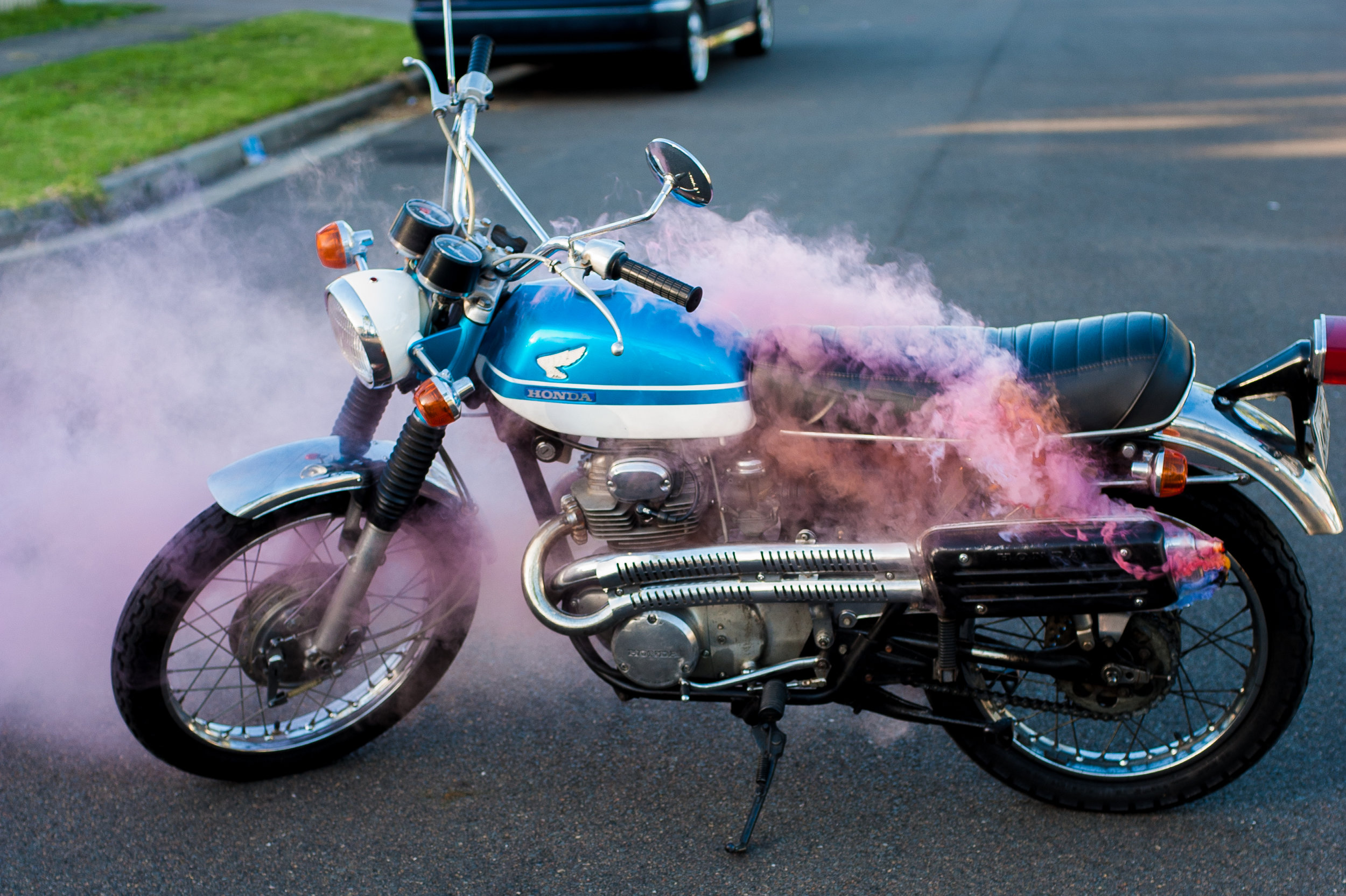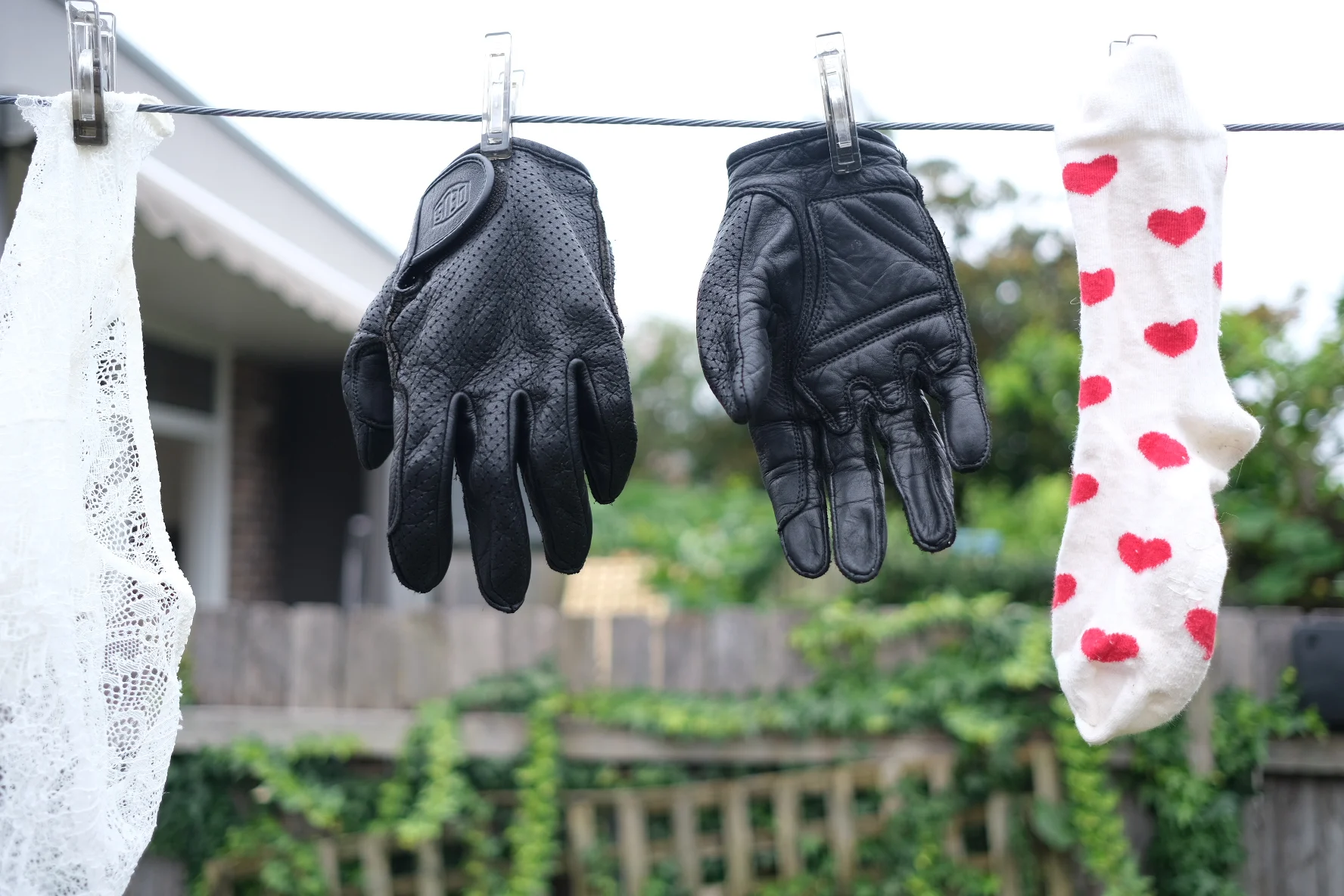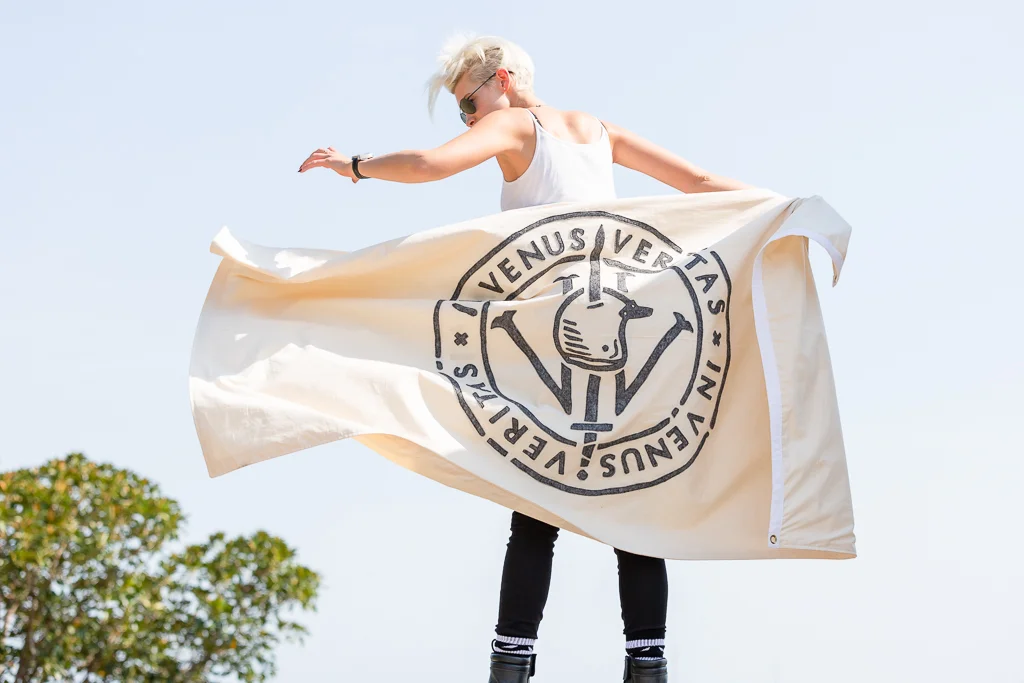We're the Planeteers?

PHOTOS | ELIZABETH EMERSON & JO-ANN McEWAN
Things I currently know about two-wheeled flying machines:
Keeping a bike on the road is kind of like trying to summon Captain Planet, except that you don’t need a fancy ring, or to be part of a wholesome gang. It is easier with friends, though, even if just for a few extra hands, or as a sounding board for the many theories you will have on why you keep stalling at lights. Get it wrong and you could become known as Captain Pollution - a likely nickname already if your heartstrings are tugged by two-strokes, or vehicles designed before exhaust emissions were a hot topic...
Earth
Although mountains and bikes go hand in hand, I’m not talking about the dirt kind, but rather electrical ground. Your electrical circuit needs to be complete in all cases or it won’t work (battery power >> thing you are trying to power >> ground). If someone has done a rush paint job on your frame and painted over all the important ground points, it may seem like a wild-goose-chase, but grounds are easy enough to check (look at the electrical diagram in your manual for where these should be, remembering paint or rust or other corrosion doesn’t conduct electricity anywhere near as well as good, clean metal). An old/flat battery or weak (loose, broken, corroded) connection can cause many issues, including but not limited to (in the case of my old Honda twin) the bike going from running ok to slowly dying on the side of the road and not starting again. You can flatten a battery in 1-2 minutes using the electric start, so invest in an appropriate battery charger if you are going to test things. Broken wires can be difficult to diagnose if the problems are intermittent (from engine vibration). If a wire is touching something it shouldn’t, you could blow a fuse - instant electrical circuit break - or slowly drain your battery.
Fire
As in combustion or spark. When mechanical wizards speak of “timing”, they refer to the exact moment the spark happens inside your engine, which sets your fuel/air mixture on fire to make your bike go. There is usually a mark to line up from either your crankshaft or camshaft, and you can do this statically (with the bike off), or dynamically (using a flashing timing light while the bike is running), or both if you’re super keen. If your bike is old and has points, you will need to get used to checking and adjusting this regularly, as the points wear. If you have electronic ignition, this should more or less take care of itself, but will need to be setup correctly in the first instance. Combustion timing can drastically affect the sound and feel of your bike (vibrations-from-hell and sluggish vs smooth and zippy), as well as the lifespan of your spark plugs (pre-ignition/advanced/early timing can melt them, where retarded/late timing can mean black plugs where not all the fuel is being burnt), and even the effectiveness of the charging system (over retarded timing gives your alternator less time to send power back to the battery), so it is worth getting right. Valves need to have the right gap set too (this can greatly affect engine compression and running), and not be bent or stuck or leak oil, all of which can cause things to burn that you don’t want to.
Wind
Without it, you’d have a flooded engine. Fuel needs to be suspended in air. Carburettors perform this magic for you (assuming they are clean and functional), but if your carburettor is leaking petrol, fix this asap. Ask me how I know that petrol catches fire. The optimum fuel to air ratio for gasoline/petrol engines is around 15 parts air for every 1 part fuel, depending on the fuel mix. If you change the airflow (e.g. by removing a stock air box and replacing with pod filters, or swapping out your exhaust pipes), you’ll also need to adjust the amount of fuel to maintain the ratio (by increasing or decreasing your jet sizes, or adjusting float or needle height). If there is too much air, your engine could run too hot and cause premature damage - check for air leaks (the rubber connection where carbs meet the engine is prone to cracking) or fuel blockages, from the tank, through the petcock (check this is on), filter, fuel lines, and carb bowl, cut-off valve, passages and jets. And while you're at it, make sure there is enough air in your tyres – it’s downright dangerous to ride without it.
Water
Ignore if you have an air-cooled bike - the only times you want water anywhere near that are when you are washing & polishing all the shiny chrome or riding next to the ocean. For bikes with a radiator, ensure you have enough coolant/water or you may experience overheated & seized motor syndrome. Not cool. Pun intended. If your oil looks white and/or foamy, water is getting where it shouldn’t and you may need to check your engine gaskets/o-rings/seals. If your bike runs weird in the rain, make sure your spark plug leads (both ends) have solid connections, and that your fancy pod filters aren’t getting wet and affecting air flow through your carbs.
Heart
Back to heartstrings. You need to love this thing, really and truly, or it will drive you nuts and end up rusting in a ditch (or back on Gumtree). Bikes also need fuel and oil and grease. And probably electrical tape. But mainly love.
But seriously, don’t forget the fuel.
Jo is a buxom redhead looking for adventure. She loves her motor children equally, and if you ask really nicely, she might let you take them for a spin. Easily distractible, but also easily obsessed, she is our Editor-in-Chief, resident proof-reader, and zany ideas lady. Caffeine is her fuel of choice.














